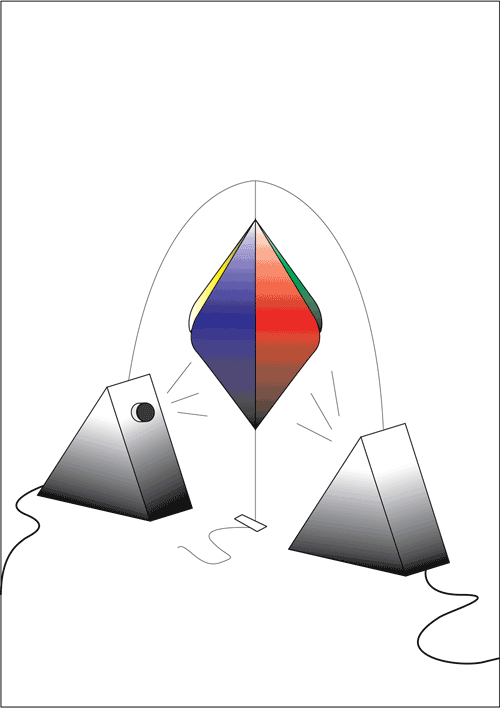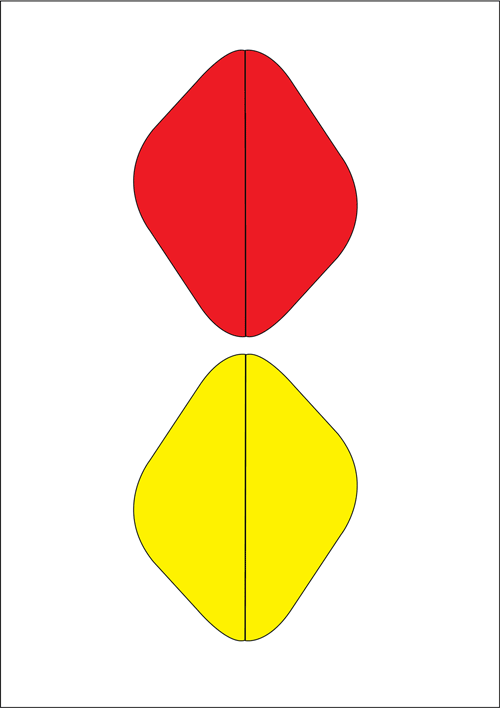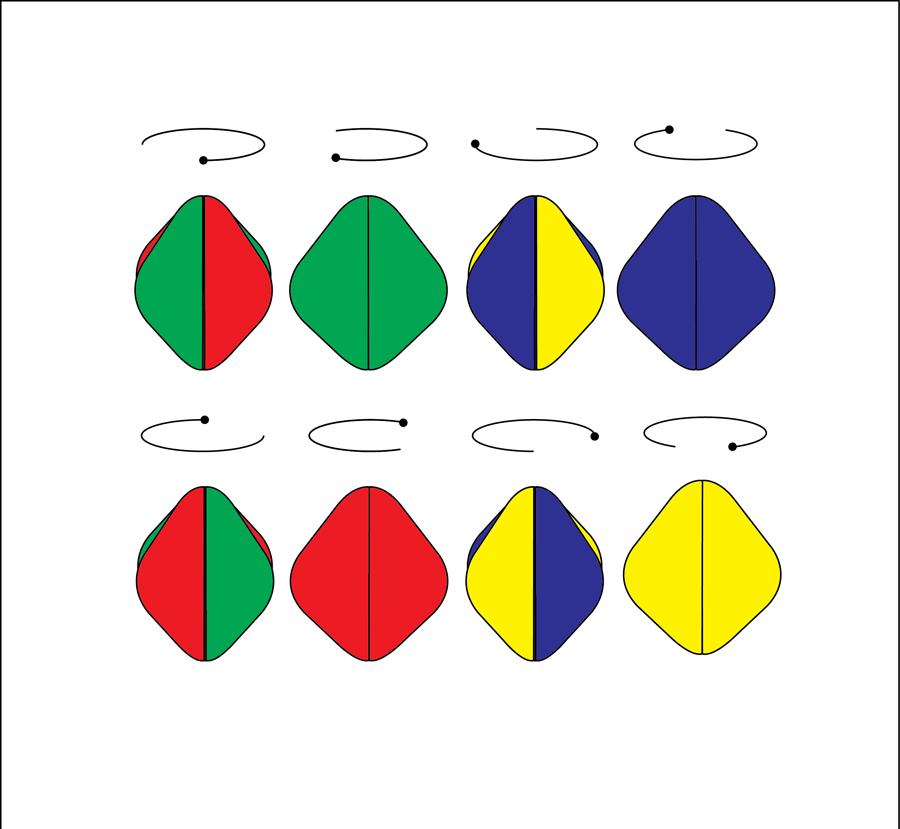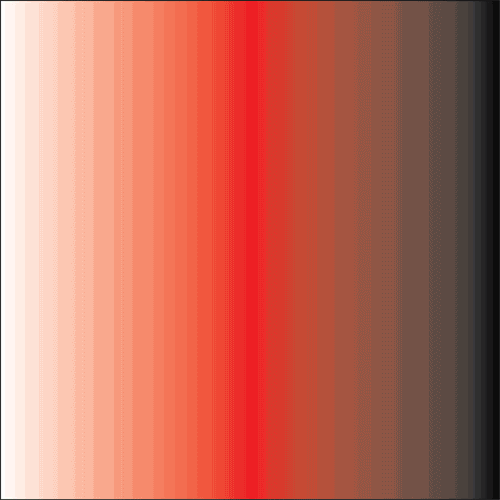Introduction
Herman Ebbinghaus (1850-1909) was a German psychologist, who pioneered the experimental study of memory, was the first one to talk about the learning cube and is known for his discovery of the forgetting curve and spacing effect. He has also discovered a color system, based on a double pyramid colored Red Blue Green and Red after Leonardo da Vinci’s idea. The idea was that due to the variation of brightness, those four colors can be separately distinguished. He strongly believed that being aware of the physiologists discovery, in the eyes retina there are only three photo-sensitive substances who are responsible for the phenomenon of colored vision and its anomalies. He published in 1893 in the Journal of Psychology in Germany, a “Theory of Colour Vision” – in which he mentioned that humans perceive colors through higher mental processes. He had then discovered that if one of the combinations of pyramids, red and green or yellow and blue have a common base in a three dimensional space and that base spins (as seen in the image), two white hues are produced and the brightness is linked to the speed of the spin. It is a purely phenomenologically oriented portrayal of colors in which the complementary pair does not find a place opposite one another. The double-pyramid has then came to be a stronghold of phenomenology, an era in which colors were simple came to a close. After Ebbinghaus discoveries physics could never be certain again about the nature of light and it’s wave and particles properties that have also been discovered at the same time by Albert Einstein.
The Machine
It really got me by surprise me that i couldn’t find any other source or any other image besides one website. All about this color system is theoretical, it hasn’t been applied into action. So i was curious to see this phenomenon happening. My first attempt was to create a physical machine with two rotated round edge squares, one would fit into the other and with the help of two air blowers, it would turn.The machine didn’t have much success as i realized immediately, it was an interesting shape but the squares didn’t turn fast enough therefore the phenomenon couldn’t appear. After creating the machine i wondered whether a digital form could be more efficient.
The Guide
I’ve designed an animated guide  so that i could understand how the rotated squares that shape the triangles work and to stimulate the visual phenomenon of dimmed brightness. I felt the need to break the whole concept down into smaller actions. It was a step by step process and realisation. You start with two squares, one side is blue and the other red and for the other triangle is yellow and green. You join them in the middle, and turn around to the connection axis.
so that i could understand how the rotated squares that shape the triangles work and to stimulate the visual phenomenon of dimmed brightness. I felt the need to break the whole concept down into smaller actions. It was a step by step process and realisation. You start with two squares, one side is blue and the other red and for the other triangle is yellow and green. You join them in the middle, and turn around to the connection axis.
After narrowing down the combinations and realizing visually the pattern I moved to the next step, making it fast.
Development
By the end of this project my work had the natural development into focusing on the optical phenomenon. Removing all the extra information from the image and enlarging the colour. Ebbinghaus was questioning with his work the source of light and it’s complication. Staring at the color changing gifs put me in the position of an optical experience. In it’s essence it stays valid to Ebbinghaus rules, but the application is different by another point of view.












